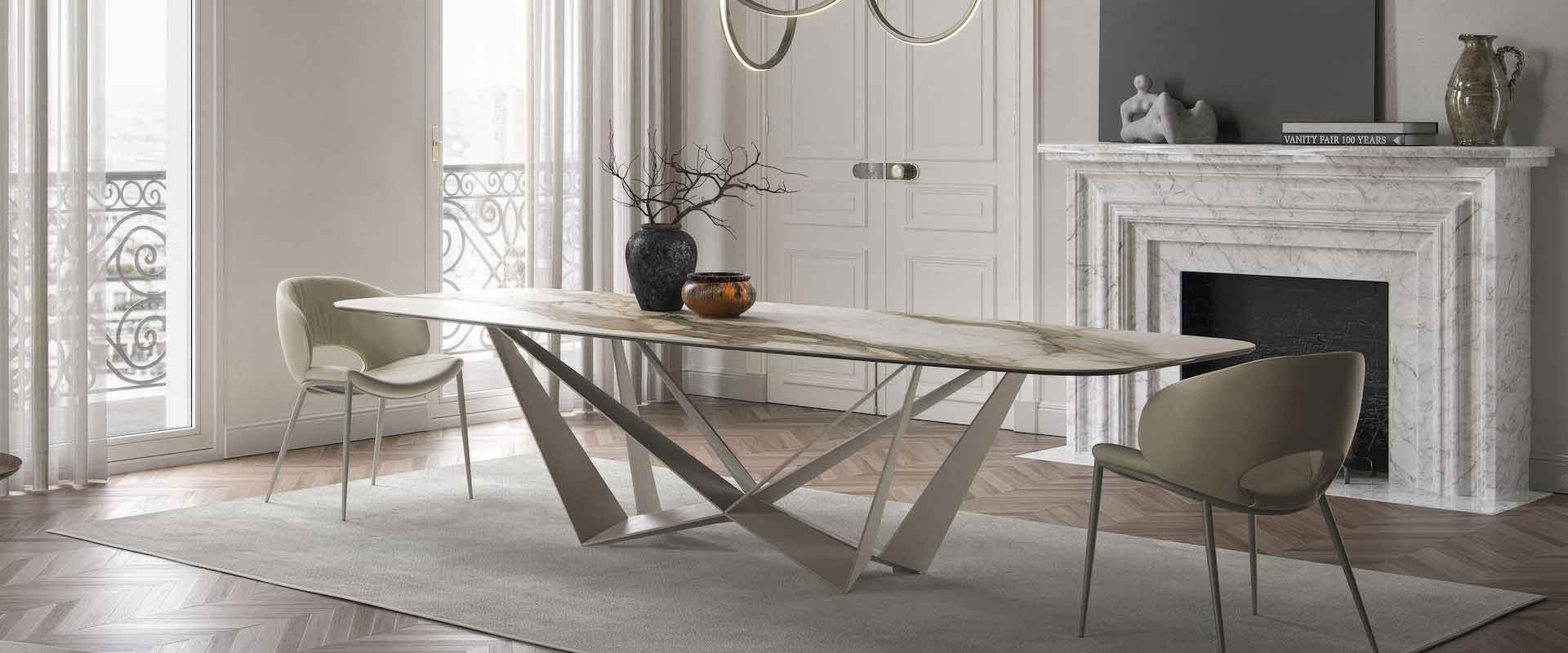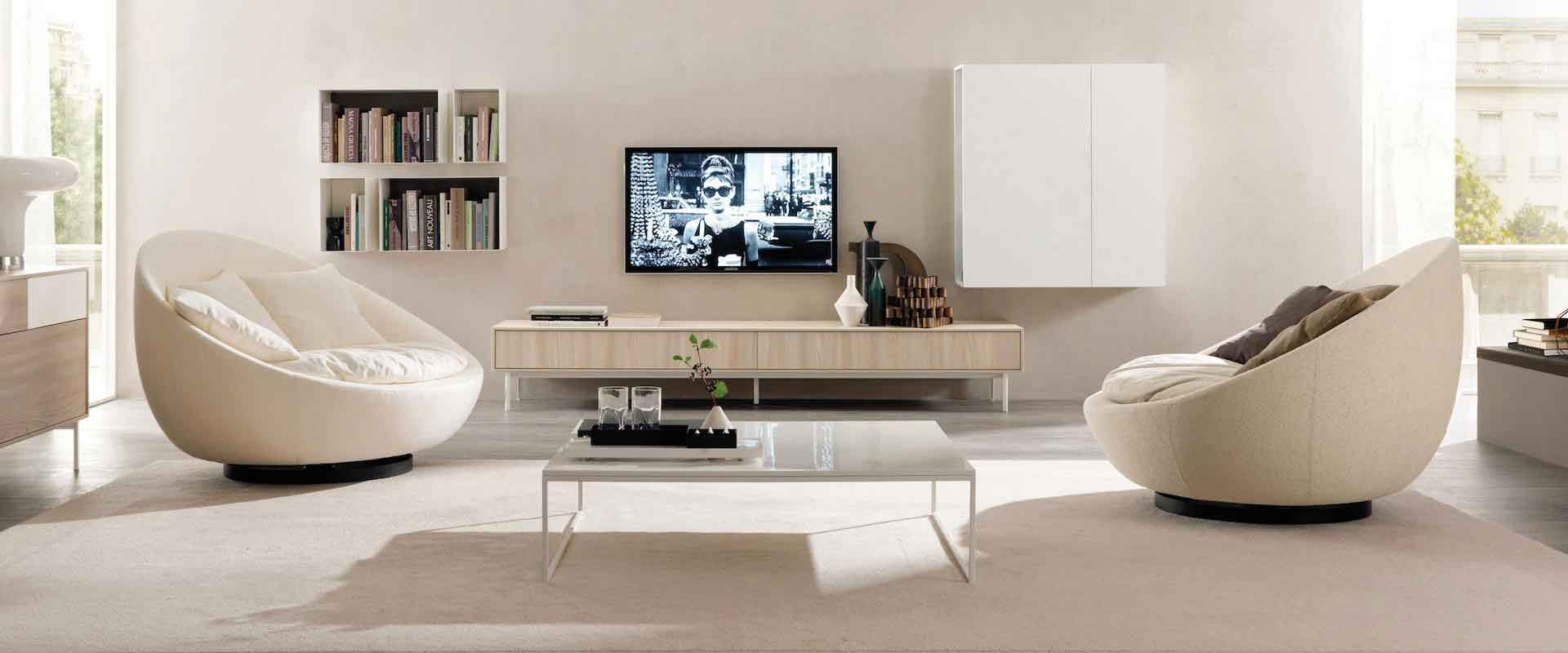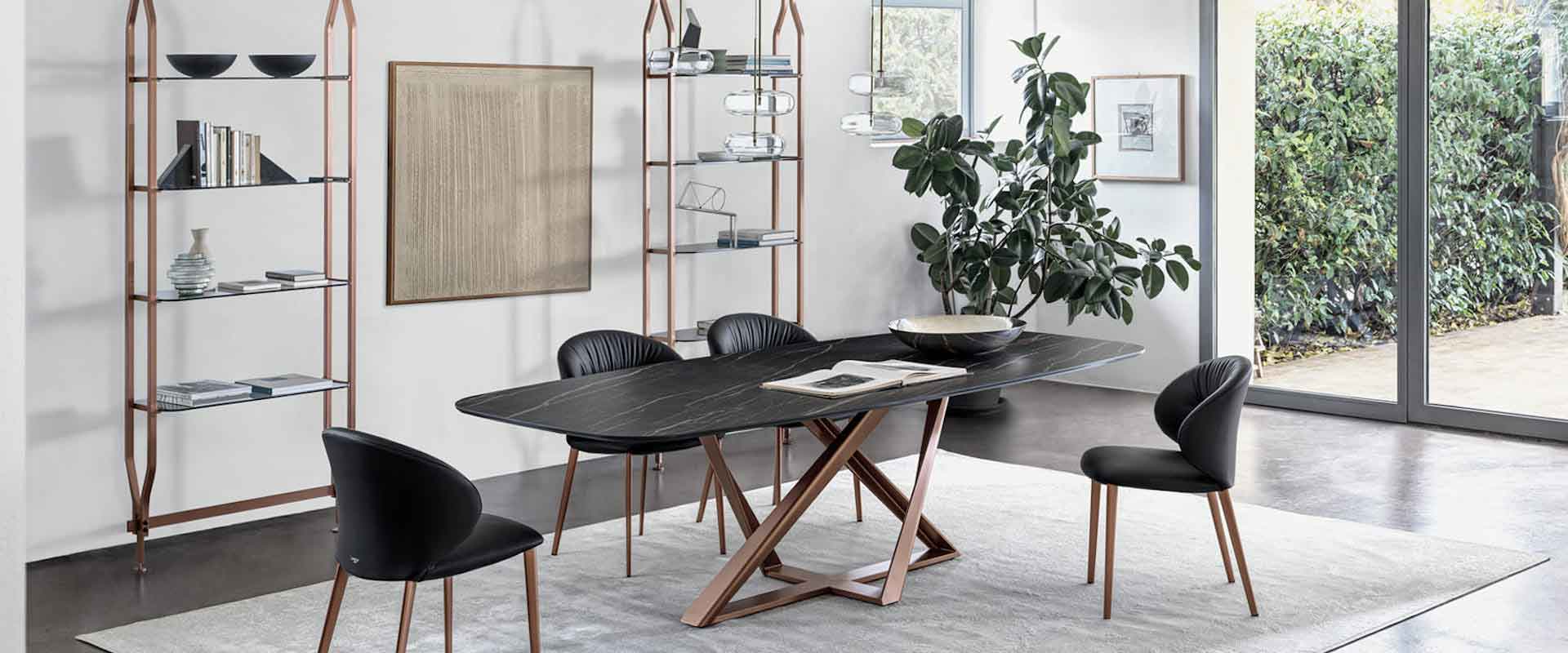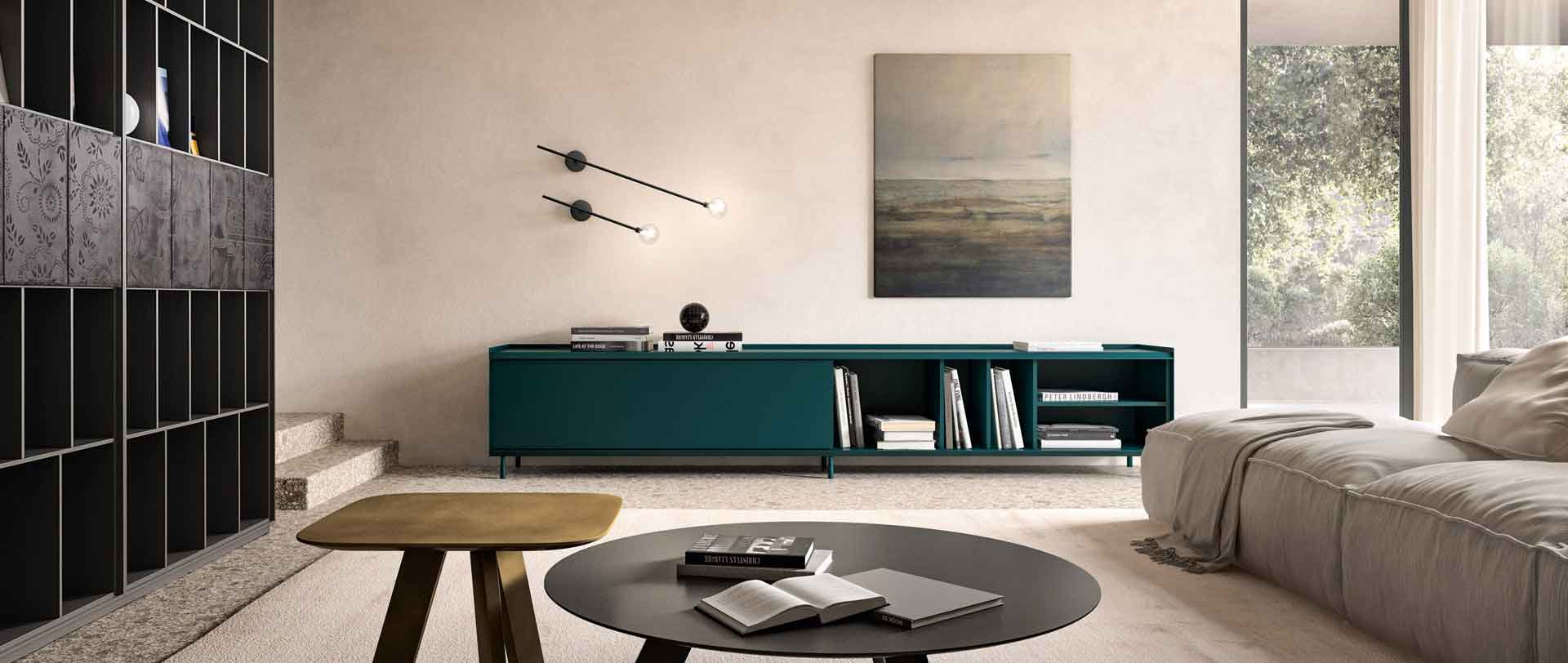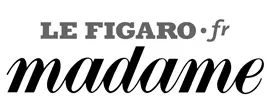SPRING SALE extra discounts of 8% with coupon code SPRING8 until 17/04
![]()
Mon.-Fri. 09:00-13:00 / 15:30-19:30
Sat. 09:00-13:00
Modern furniture home furnishings
ArredareModerno.com has always been the e-commerce for excellence and a reference point for home design. All you can find on Arredaremoderno.com will be the right answer to the most refined and demanding needs for a modern and elegant décor.
The first advice we can give to all our users is certainly to navigate and search among our proposals in order to deepen your knowledge and open up new ideas for the decor of your home.
Our proposals are constantly updated reflecting the fashion of the moment and all new trends in design, innovative materials and new color combinations. The reference point of Arredaremoderno is certainly the Made in Italy furniture, through the most prestigious brands of inspiration for designers around the world.
Arredare Moderno is official dealer for brands: Cattelan Italia, Bontempi Casa, Colico, Domitalia, Driade, Casprini, Felis divani, Infiniti Design, Ingenia Casa, La Primavera, Nardi, Pedrali, Plust, Scab Design, Sitap, Tonelli Design, Tonin Casa, Varier.
Buying on Arredaremoderno.com is simple and fun. Visiting our product categories and brands in the utmost ease and tranquility, you will be able to make the right choice at the right price. In addition, we can always contact our operators through our customer service that will provide the full support needed in the choices, in the purchase up to the post-sale phase and the delivery.
We've decided to offer our customers the opportunity to seize important promotions through our range of time offers where regularly products will be featured with super discounts and unparalleled occasions to buy your designer furniture!
Visit our Discount Codes section to access promotional coupons with extra discounts to be enjoyed at the time of purchase always up to date and referring to our brands and product categories.
Through our Outlet and Promotions category you will find offers with up to 70% discounts on the price list.
ArredareModerno.com offers everyone the best price on the web through the Guaranteed Lowest Price Promotion.
Also, always to ensure our customers the best condition, we offer a range of Free Services always guaranteed.
Finally, we would like to thank all our visitors for a good navigation and a good purchase!

